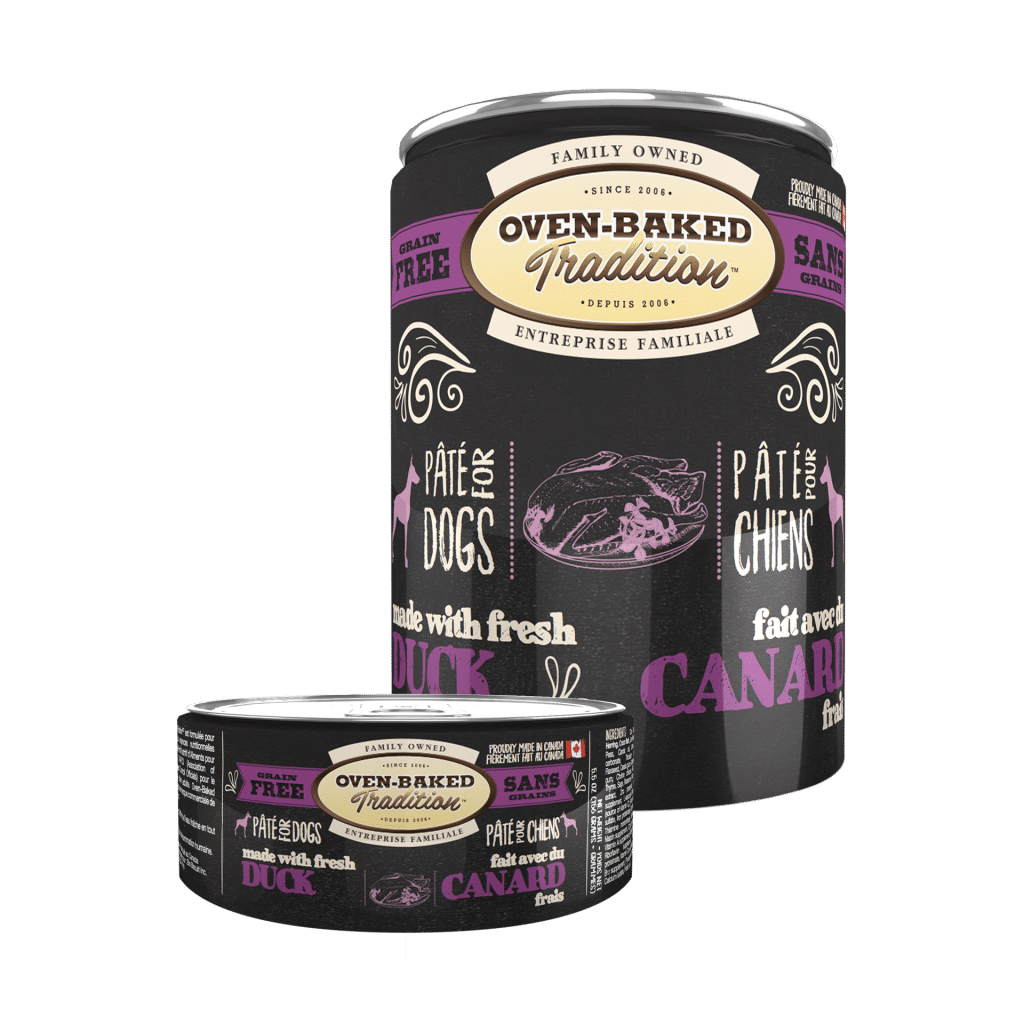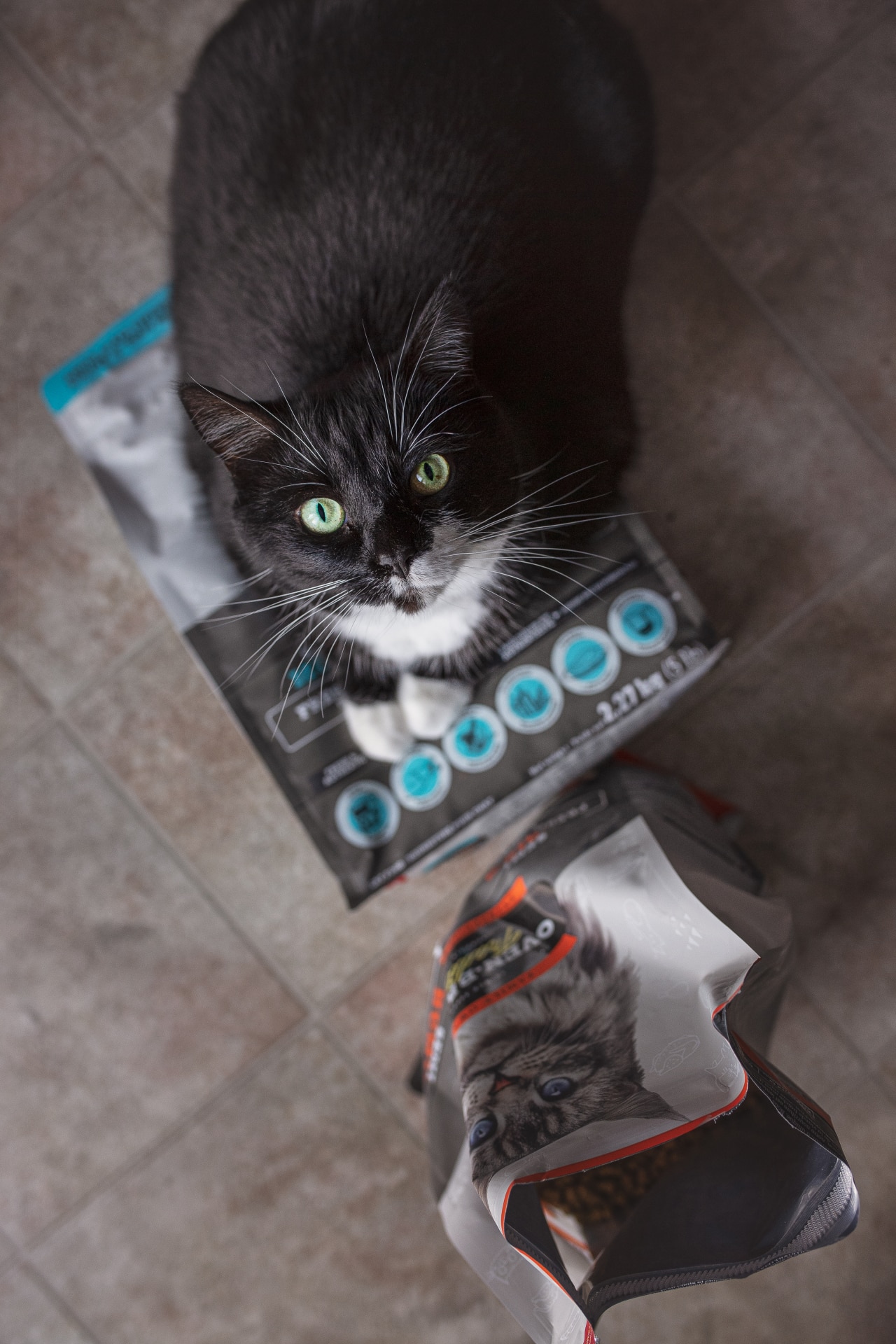By Sophie Lavallée M.Sc., Agr.
Duck has become a very popular ingredient in many dog and cat food products lately, particularly as a new protein for hypoallergenic diets. From a nutritional standpoint, duck is used as a substitute for chicken and turkey. Of the new proteins now used in pet food products, duck is without question one of the best choices, in large part because of the nutritional studies on duck meat that have been conducted with people.

What makes duck meat different?
What makes duck meat different is that over 80% of its muscle fibers are red, making it a red meat. Duck legs are considered a white meat, while duck breasts (also called fillets) are as much of a red meat as beef steaks! In comparison, the muscle fibers of chicken meat are 100% white, making it a white meat. Duck fat is also much higher in monounsaturated fatty acids, a characteristic that puts it into the category of meats with “good fats”.
Human studies have shown that monounsaturated fats have cardiovascular health benefits and cholesterol lowering properties. The monounsaturated fats in duck meat have also been shown to provide superior oxidative resistance (according to Ali et al., 2007), so when duck meat is used in pet products, this results in differences in flavour, oxidation and shelf life compared to chicken, along with requiring a different amount and type of antioxidants to maintain the stability of the products.
The deboned duck meat used in Oven Baked Tradition formulas essentially comes from farmed Peking duck, a rich source of iron, phosphorus, zinc, copper, selenium, and vitamin B complex.
We hope you enjoyed learning more about duck meat in pet foods. Feel free to contact us should you have any questions on this topic.
Reference:
Ali, S., G-H. Kang, H-S. Yang, J-Y. Jeong, J-H. Hwang, G-B. Park, S-T. Joo. 2007. A Comparison of Meat Characteristics between Duck and Chicken Breast. Asian-Aust. J. Anim. Sci. 20(6):1002-1006.

